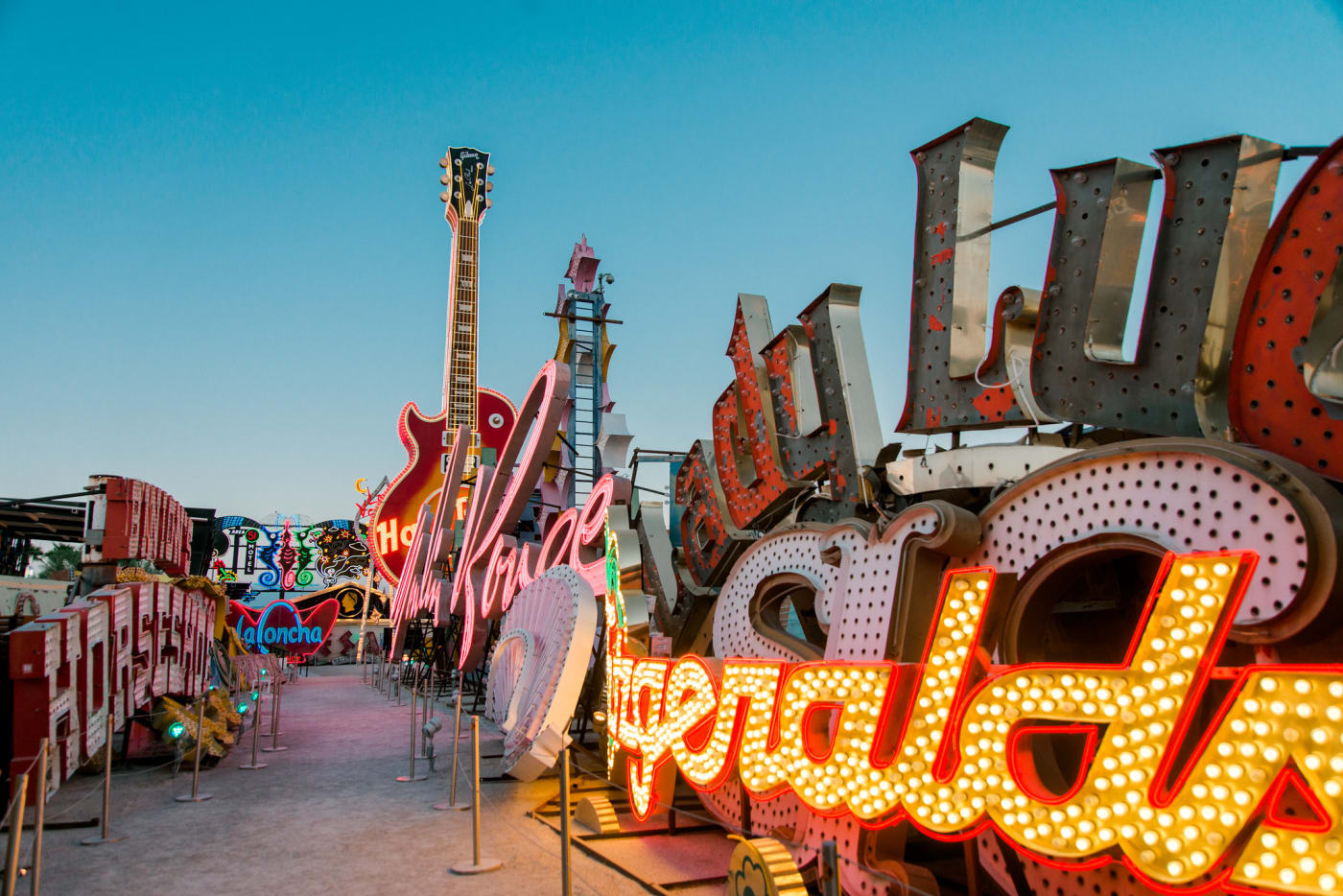El Cortez Hotel & Casino Culinary History

Sarah Hulme Collection, The Neon Museum. 2025.032.003
While the El Cortez Hotel & Casino has been home to numerous eateries throughout its extensive history, a constant among the property’s various offerings is its prime rib, highly sought after by locals and visitors alike.
The earliest instances of prime rib being offered at the El Cortez date to the early 1940s, when a serving of “Eastern Prime Ribs of Beef Au Jus” cost just 90 cents and was accompanied by a soup, your beverage of choice, and dessert. According to the U.S. Bureau of Labor Statistics, when adjusted for inflation, this meal would cost an estimated $25 today. Through the decades, the price of the prime rib entrée at the El Cortez has steadily increased – $1.85 in the 1950s, $2.95 in the 1960s, $4.95 in the 1970s, $6.95 in the 1980s and 1990s, $15.95 in the mid-2000s, to $19.95 in 2025. Curiously, the branding of the meal also changes over time, with variations including the “London Roast,” to “Roast Prime of Beef Au Jus,” and sometimes simply, “Prime Rib.” The El Cortez, alongside other properties in Las Vegas, including the El Rancho and the Last Frontier, has helped to popularize the dish, creating a lasting association between the city and prime rib in the popular imagination. Historically, prime rib has been a loss leader for casinos, or an attractive offering that is purposely sold below its production cost with the idea of bringing in guests who will spend in other ways, ideally on more profitable items.
Prime rib refers to a hearty, fatty cut of meat from the primal rib of a cow, typically roasted with the bone-in and marinating in its own natural juices, or au jus. The dish grew in popularity in the United States after World War II, referred to as “a powerful symbol of abundance” by author and researcher Amy Bentley in her 1998 book, Eating for Victory: Food Rationing and the Politics of Domesticity. The popularity of prime rib can be traced alongside the per capita beef consumption in the United States, which saw a peak in the mid-1970s, with an average person consuming an estimated 90 pounds of beef per year. In the following decades, beef consumption has reduced considerably, due to several factors including a heightened awareness of health risks and growing environmental concerns.
Despite this changing gastro landscape, prime rib is still an essential facet of Las Vegas’ culinary offerings. Sometimes wheeled out on a cart, perhaps even cut at the tableside of an eager diner, prime rib is another example of the city’s uncanny ability to enchant visitors from all over the world with a sense of luxury.
